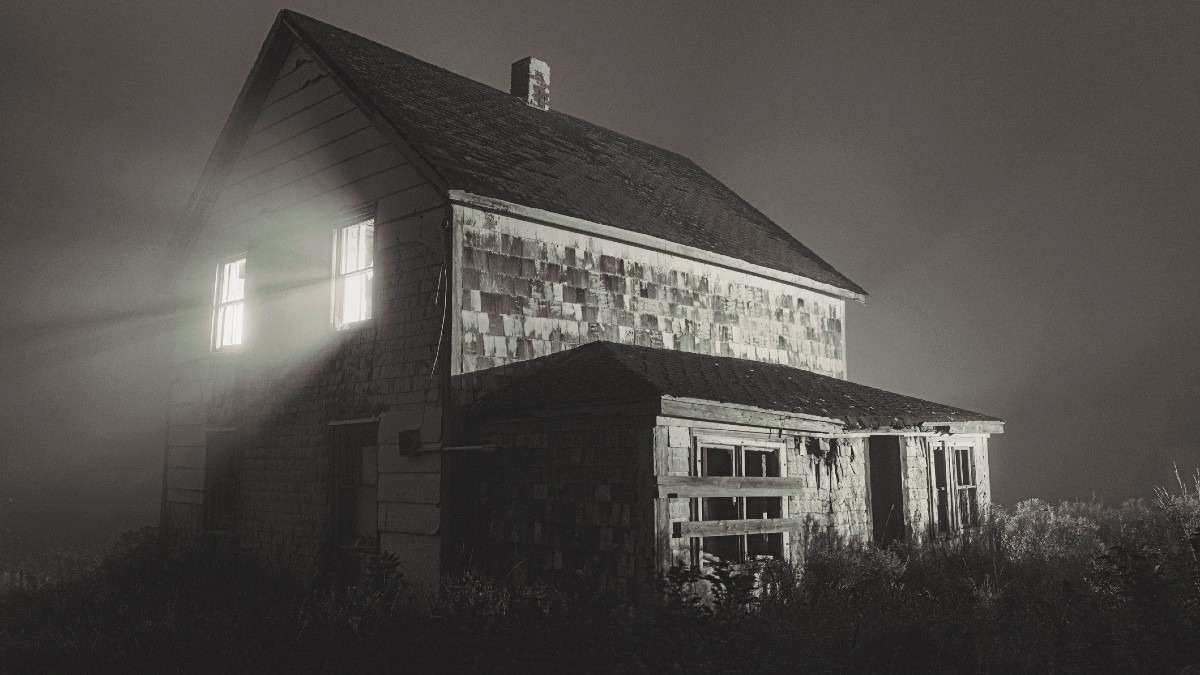It was me mate Leo Tolstoy who said:
“All happy families are alike; each unhappy family is unhappy in its own way…”
True.
Probably.
But also epic and depressing. A great starting place to share the news – backed up by quite a lot of fresh data – that we Australians remain fast in the grip of a seemingly unending nightmare rollercoaster of lurching property prices and raging rental stress.
And now, according to a hat-trick of news fresh from local real estate data firms, there are some increasingly stark differences in just how and who is unhappiest across this increasingly expensive country.
At least, according to new data from PropTrack, there’s some good news for renters, with the number of vacant rental properties up in June, with the national vacancy rate rising 0.09 percentage points (ppt) to 1.42%.
Sydney saw the largest increase in vacancy over the month, up 0.20ppt to 1.68%.
This was the highest rate of vacancy seen in over 18 months.
Melbourne followed, with a rise of 0.12ppt over the month to reach 1.50ppt, the highest level seen in 12 months.
Renters in Brisbane also saw more choice in June, with the vacancy rate rising 0.05ppt to 1.20%.
Renters in Adelaide faced the least choice in June with the lowest vacancy of any capital city, at 1.13%.
Perth has seen the largest increase in vacancy over the past year, due to a surge in investor activity in the state which has contributed to a rise in the number of rentals.
Darwin was the only capital city to see vacancy fall over June, plummeting 0.41ppt to just 1.15%.
Here’s a pic, view it and weep.
Via PropTrack
Australia’s rental vacancy rate has now eased for four consecutive months, rising from a record low of 1.09% in February to 1.42% in June.
“Although rents have not actually declined year-on-year, there is a clear slowing in the pace of annual growth across the large inner-city unit markets of Sydney, Melbourne, and Brisbane,” says Eliza Owen CoreLogic head of research for Australia.
Despite the increase seen in recent months, vacancy remains well below pre-pandemic levels, with 43% fewer vacant properties in June compared to March 2020.
“Supporting higher vacancy rates has been an increase in investor activity, which is contributing to an increase in the number of available rental properties,” PropTrack senior economist Anne Flaherty says, adding:
“Despite the recent easing in vacancy rates, the chronic undersupply of rental properties is likely to continue over the next few years. Development activity is lagging population growth, with the shortfall in new housing worst in WA, Queensland, and NSW.
“While vacancy across the capital cities increased over the month, the regional vacancy rate held relatively steady. Regional vacancy is now lower than combined capital cities.”
Meanwhile, according to CoreLogic, over the past year the growth rate in capital city unit rents has come down from 15.1% to 7.6%, with the biggest slowdowns in major capitals Sydney, Melbourne and Brisbane.
“This likely reflects an easing in demand,” says CoreLogic’s Eliza Owen, “with apartment rental growth not sustaining a strong rate as last year and comes amid early signs of easing net overseas migration, which according to ABS data peaked in the March quarter of 2023.
“In Sydney, the annual rate of growth for unit rents fell a whopping 10 percentage points to 7.1%. Melbourne unit rents dropped 7.4 percentage points in the past year to 7.5%, and annual growth in Brisbane unit rents slowed from 15.3% this time last year to 8.5% in the past 12 months.”
Eliza says that however for Sydney and Melbourne unit markets, the growth rate remains well above the historic averages, which was respectively 2.7% and 2.6% throughout the 2010s.
Via CoreLogic
“While Sydney and Melbourne still have a much higher growth rate than the historic annual average, the consistent slowdown in growth is an early sign of demand pressures slowing in the market. Clearly, rental demand is not strong enough to sustain ongoing, double-digit growth across these cities.”
“In contrast, annual growth in house rents has increased slightly and regional rents have also re-accelerated. This suggests rental demand may also be pivoting away from capital city unit rentals towards capital city houses and the regional market,” Eliza concluded.
It’s rental stress, but not as we know it
The latest Rental Pain Index (RPI) report by property research and analysis firm Suburbtrends found signs of easing pain in some states, and “promising” improvements in Tasmania.
The Rental Pain Index (RPI) analysis for July 2024 offers a comprehensive overview of rental market pressures across Australian states. Nationally, the percentage of SA2s with an RPI of 75 or higher increased slightly from 72.25% in June to 72.90% in July, underscoring persistent rental stress.
Queensland and South Australia remain stuck above the 80% RPI mark, “exceeding critical” levels.
Tasmania (TAS) stood out with a significant improvement, reducing extreme rental pain from 29.87% to 27.27%, indicating better rental affordability despite a modest 0.95% rent increase and 31.45% of income spent on rent.
The post It’s mid July and this is where your Aussie rent and real estate nightmare is at appeared first on Stockhead.






















